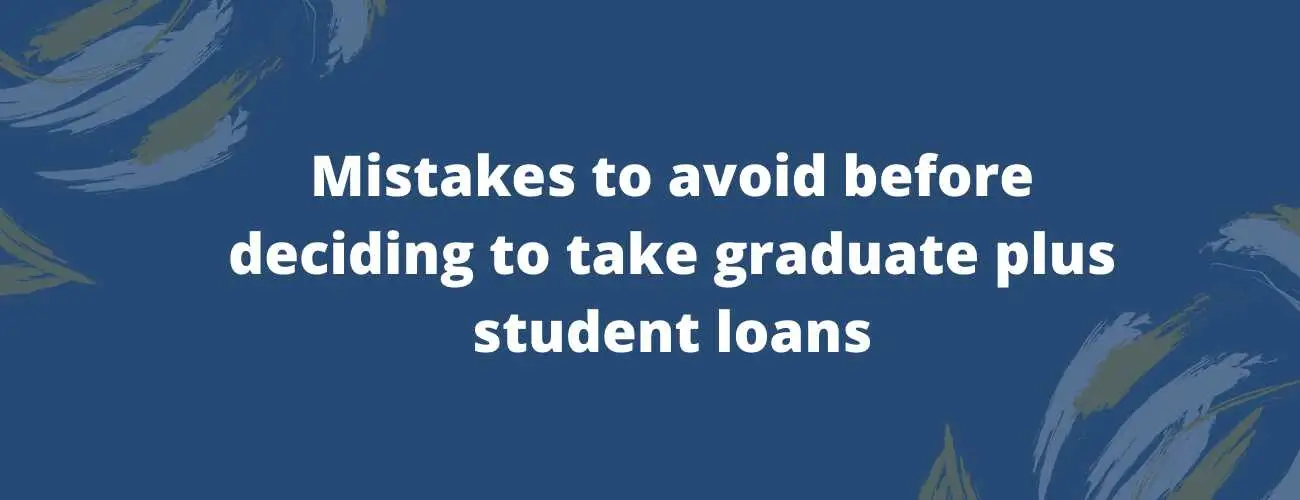How To Apply For Student Loans?
Most loans have a different mode of application, and it is really confusing, when you have so many loans to apply for. Read more on different types of loan application process.
Updated by Theres Ann on 10th June 2020
There were times when student loans were seen as the last available solution for those who couldn’t afford college. However, with an increasing cost of education, and other unaffordable expenses at college, it is so common for students to apply for student loans.
It is thus rare to find someone who wouldn’t want financial aid to pay off the tuition. According to the College Board’s Trends in Student Aid Report, undergraduate students in the 2016-2017 academic year received $14,400 in financial aid.
Let's look into the steps on how to apply for student loans.
List of contents
- Application Process for Federal Student Loan
- CSS Profile
- Online Application of FAFSA and the CSS Profile
- Review of Student Aid Report
- Waiting for a Financial Aid Award Letter
- Application process for Private Student Loans
- Conclusion
Application Process for Federal Student Loans
Federal Student Loans are granted on a First Come First Serve basis. Hence, the earlier you apply for the Federal Student Loan, the better is your chance to obtain the loan. Before applying for any student loan, it is important to ensure that you satisfy all the basic requirements.
Filling FAFSA
All information that you require for a student loan is compiled. You can fill out the Free Application for Federal Student Aid known as the FAFSA in order to obtain federal student aid. Even if the form takes some time to fill out, the application process is made easier.
FAFSA Applications are released in October of every year. You’ll need to apply in prior if you have plans of attending the college in the next academic year. As there is a lot of information on the form, you can start compiling what you need in September.
Information to include in the FAFSA
-
The adjusted gross income of the parents two years prior to applying
-
Tax returns of parents from that same period
-
Personal tax returns of the borrower
-
The Social Security Number and dates of birth of the borrower and his/her parent
-
Details of the aids that are currently received such as Medicaid, Supplemental Security Income, Supplemental Nutritional Assistance Program, Free or Reduced Price School Lunch, Temporary Assistance for Needy Families, Special Supplemental Nutrition Program for Woman, Infants, and Children
-
Details of untaxed income such as child support, payment to tax-deferred pension retirement savings plan and so on
-
Assets and investments that you currently have
-
List of 10 schools that you are applying for
-
Details of educational financial aid that you have already received
CSS Profile
Though FAFSA is the ultimate application form for federal student aid, there is one other form called the CSS Profile that can be filled in to receive institutional aid.
This institutional aid helps to supplement the Federal Aid that you have already received. Access to grants is unlocked by CSS Profile and not just loans.
An initial $25 fee is first applied and later for every college that you are applying an additional $16 is applied.
Unlike FAFSA detailed information has to be entered at most places in the CSS Profile.
Online Application of FAFSA and the CSS Profile
FAFSA and the CSS Profile can be electronically entered. For that, the FAFSA registration can be done online through fafsa.gov.
Once the registration is complete, FAFSA application and editing can be done online.
By using the IRS data retrieval tool you can skip some of the steps. The College Board helps you to fill out the application.
Before the online application is filed, make sure that you have your desired colleges in the list that is attached.
Review of Student Aid Report
After the FAFSA is filled you’ll get a student aid report. Three days to three weeks is the range of these reports.
You can also review your accuracy or edit your FAFSA. You might sometimes need to confirm what is entered on your FAFSA.
Missing the deadline means not getting any federal financial aid.
Waiting for a financial aid award letter
After FAFSA completion, a financial aid award letter is granted from the colleges that you have listed on the form. These college timings vary from one college to the other. If you have received admissions acceptance from a college but no financial aid award letter, the letter’s status can be enquired.
From the loans that are offered to you, a mixture of subsidized and unsubsidized loans are granted. As subsidized loans do not accrue interest, it is best to use these loans first.
For federal student loans, the money is repaid with interest. Subsidized loans do not accrue interest until you leave school.
For scholarships and grants, you must understand the conditions that you meet. For the work-study program, you do not have to repay the money, but you’ll have to work for it.
There are times when federal student loans come up short. This is when you can apply for a private student loan.
Application Process for Private Student Loans
Private student loans come into picture when you either do not have the eligibility to apply for federal loans or you do not have the sufficient funds left for college expenses with the federal aid that you have already taken.
The procedure to be followed while applying for private student loans is as given below.
-
Make a thorough study on Private Student Loans
-
Find out the private student loan application deadline
-
Check for the need and availability of a cosigner
-
Find out the essential documents for private student application
-
Timely submission of a formal student loan application
1) Study on the availability of private student loans
We already know that a private student loan is issued by a private agency, whereas a federal loan is issued by the government.
And hence the process of application would differ for each.
When it comes to private student loans, it is always best to choose trusted and aged lenders such as the Citizens Bank, Sallie Mae, Lendkey and more.
You can also check for a preferred lender list. You also need to choose the correct loan for your education level. Moreover, you need to compare interest rates, payment terms, and fees in order to find the most cost-effective loans that would suit you.
Once the best offer is identified, you need to make the online application.
However, before application, you need to know the exact amount that you are supposed to borrow and also the college that you choose to study in.
2) How do I qualify for a private student loan?
Each lender has certain requirements such as they check credit score and income of the borrower as good credit score can help in borrowing large amounts but if the credit score is bad you might will face difficulty and at that moment it is better to apply for the federal loan.
If still you need to borrow than its better to get a co-signer.
For the undergraduate student, it is difficult to have credit score or income thus for them federal loan option is best and in that co-signer is also not required.
3) Find out the deadlines for private student loan applications
Though FAFSA applications have a deadline, private student loan applications do not have one.
The private student loan application can be done throughout the year.
However, make the loan applications long in advance because the process may take some time and hence tuition payment should not be made late due to the delay in private student loan processing.
4) Check for the availability of a cosigner
Your credit history is one important factor that determines the sanctioning of your loans.
But do not be disappointed even if you do not have sufficient credits. You can seek the help of a cosigner.
A cosigner can be anyone in your family or your friend-circle, whose credit-history is good enough.
Moreover, if you miss a monthly payment you would not only damage your credit history, but also the credit history of your cosigner.
5) Paperwork for a loan application
Before filling out the loan application, you’ll need to have with you, social security number, personal information, gross annual income, assets, and their values, Monthly rent or mortgage, copy of the latest tax returns, employment information and personal reference.
Along with the school information, name of the college, date of graduation, the tuition, and the amount that you borrow are also added up.
A FAFSA application would clearly tell you the exact expenses for you in the college.
Hence you can plan the amount that you borrow from the private lenders. For more amount that you take out a loan, you’ll have to pay more interest.
You have to fill out the Private Education Loan Applicant Self-Certification Form. This private student loan application can be found out from the financial aid or the Department of Education.
How much should I borrow in private student loans?
Borrow as much as you can afford to repay as considering a projected postgraduate income and monthly budget. Note borrowing large amounts will be a hard task when you come to the repayment period. You can get an idea of how much you want to borrow from private lenders is by cost you received to pay after getting scholarships, grants, and federal loans. You can get all information from your school’s financial aid office.
Hence you can plan the amount that you borrow from the private lenders. For more amount that you take out a loan, you’ll have to pay more interest.
You have to fill out the Private Education Loan Applicant Self-Certification Form. This private student loan application can be found out from the financial aid or the Department of Education.
6) Submission of a private student loan application form
The details to be entered include the personal information and the cosigner information.
Financial information ranging from the paystub to the tax return is then entered.
School information includes graduation rate, loan amount and loan period.
Sometimes a personal reference section has to be included in the private student loan application.
You can agree on the lender’s terms and conditions including your credit check.
You can then proceed with the loan application.
7) Get approved
The private student loan approval process begins once reviewing the disclosure and submitting the application form. The time duration for processing the application depends upon the lenders as some review manually and some online.
During the process, the lender will check the credit score and other criteria and according to that, the borrower is informed that is their application is approved or denied.
If it is denied the borrower will receive the mail stating the reason why it didn’t approve. If the application is approved now review and accept the terms of your loan.
8) Wait for School Certification
After signing all the documents now the lender will take care of rest until repayment begins. In the period the lender will send all loan details to the school to confirm many things like enrollment status, anticipated graduate date, etc.
It is important to take care that the private loan can not exceed the cost of attendance. The issue of the certificate depends upon the school as it will take at least 7 days for processing.
9) Repay your student loan
Repay is depend upon the loan repayment terms and it starts after the loan is disbursed and your tuition is paid. In some cases, a student can choose deferment in which a student is not required to make any payments until they are graduate or are no longer enrolled in school.
They usually get a grace period between graduation completion and the repayment period.
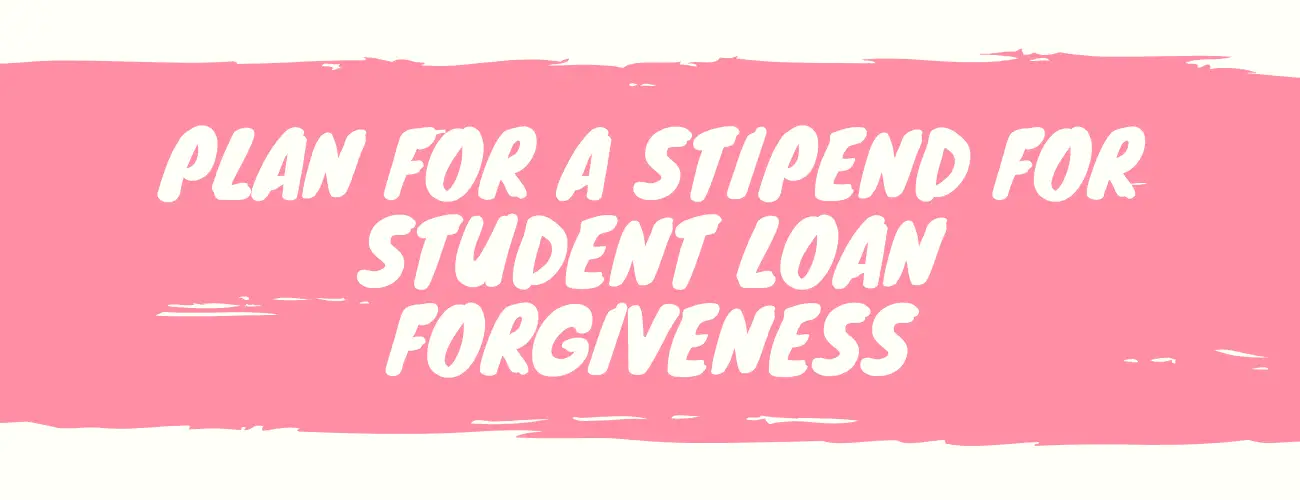
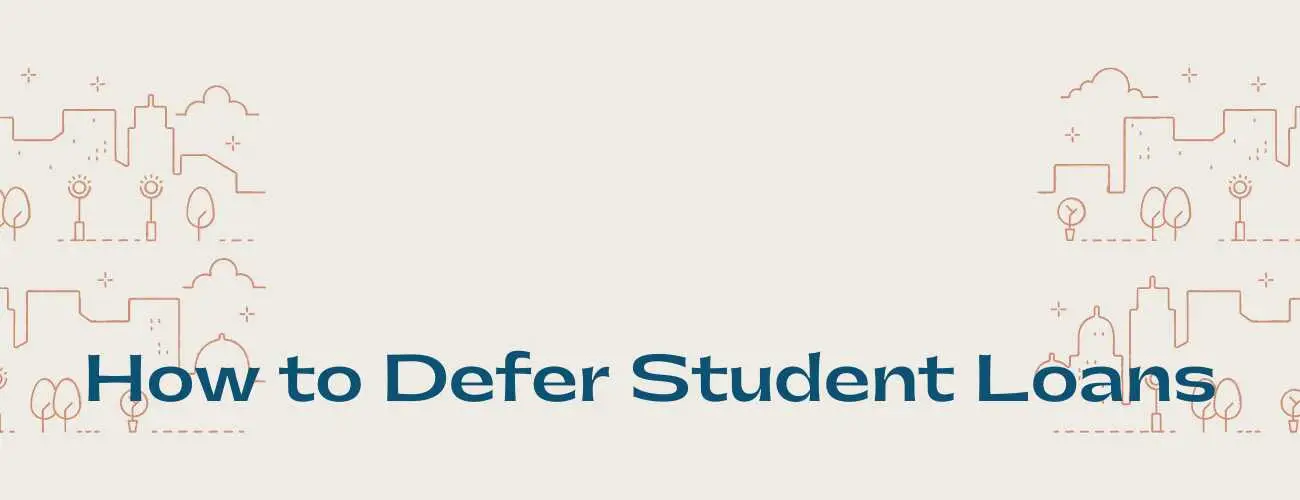
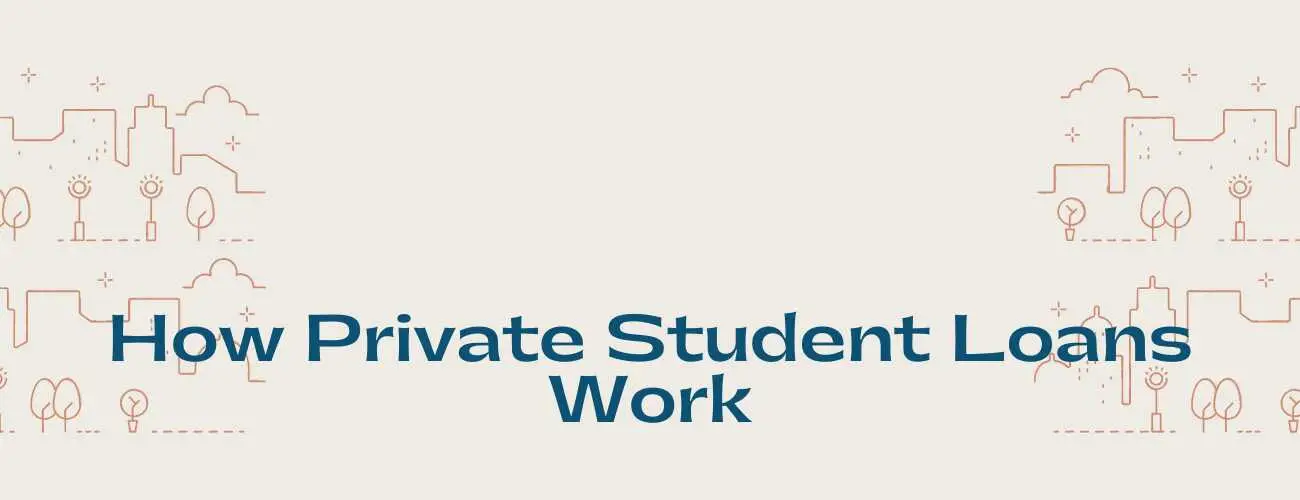
93.jpg)
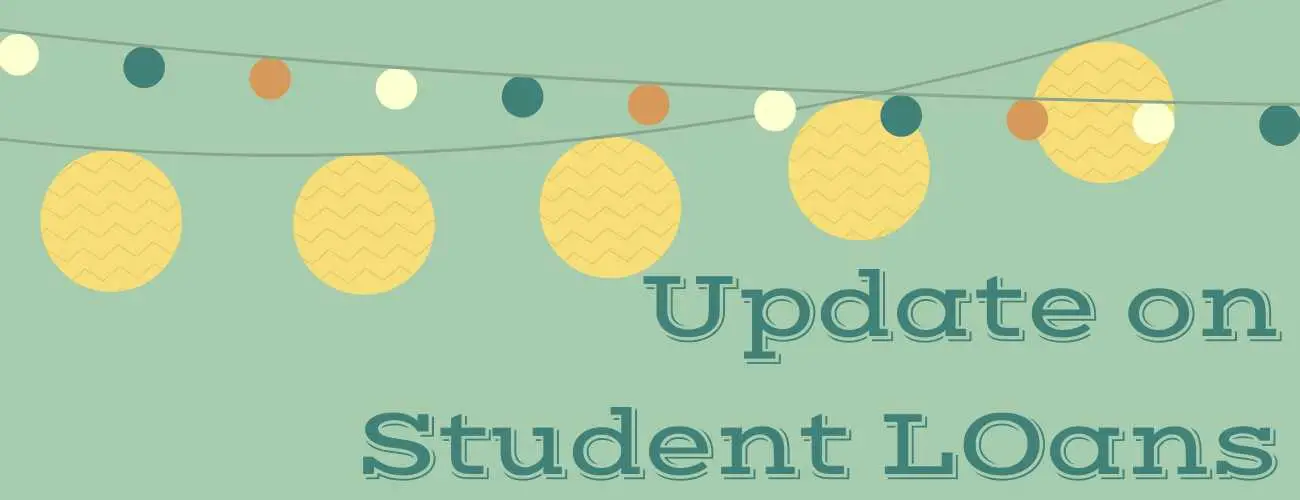

28.jpg)
